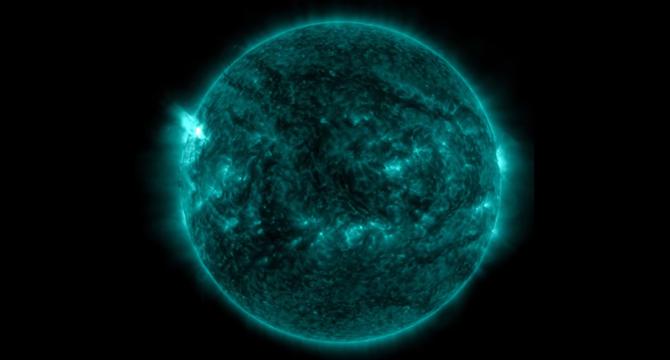Livescience
3d
160

Image Credit: Livescience
The sun just spat out the strongest solar flares of 2025 — and more could be headed toward Earth
- The sun has recently released strong solar flares, including X1.2, M5.3, X2.7, and M7.7 flares, causing radio blackouts in various regions.
- Solar flares are sudden bursts of electromagnetic radiation from intense magnetic activity on the sun's surface, often linked to sunspots.
- The intensity of solar flares is categorized by NOAA as A, B, C, M, or X-class, with X-class being the most potent.
- X-class flares like the recent X1.2 and X2.7 can cause radio blackouts and impact communication and navigation systems on Earth.
- The solar flares also released a coronal mass ejection (CME), a massive explosion of charged solar plasma.
- CMEs travel slower than flares and can lead to geomagnetic storms, affecting power grids, satellites, and causing auroras.
- Recent CMEs from the flares have been directed towards Mars and are not expected to impact Earth directly.
- There is a possibility of more solar flares, potentially leading to radio blackouts and geomagnetic storms in the next few days.
- NOAA predicts a high chance of M-class solar flares hitting Earth in the coming days, with a smaller chance of X-class flares.
- The sun's activity may continue, with sunspot AR4087 potentially posing a threat as it moves across the sun's surface towards Earth.
Read Full Article
9 Likes
For uninterrupted reading, download the app